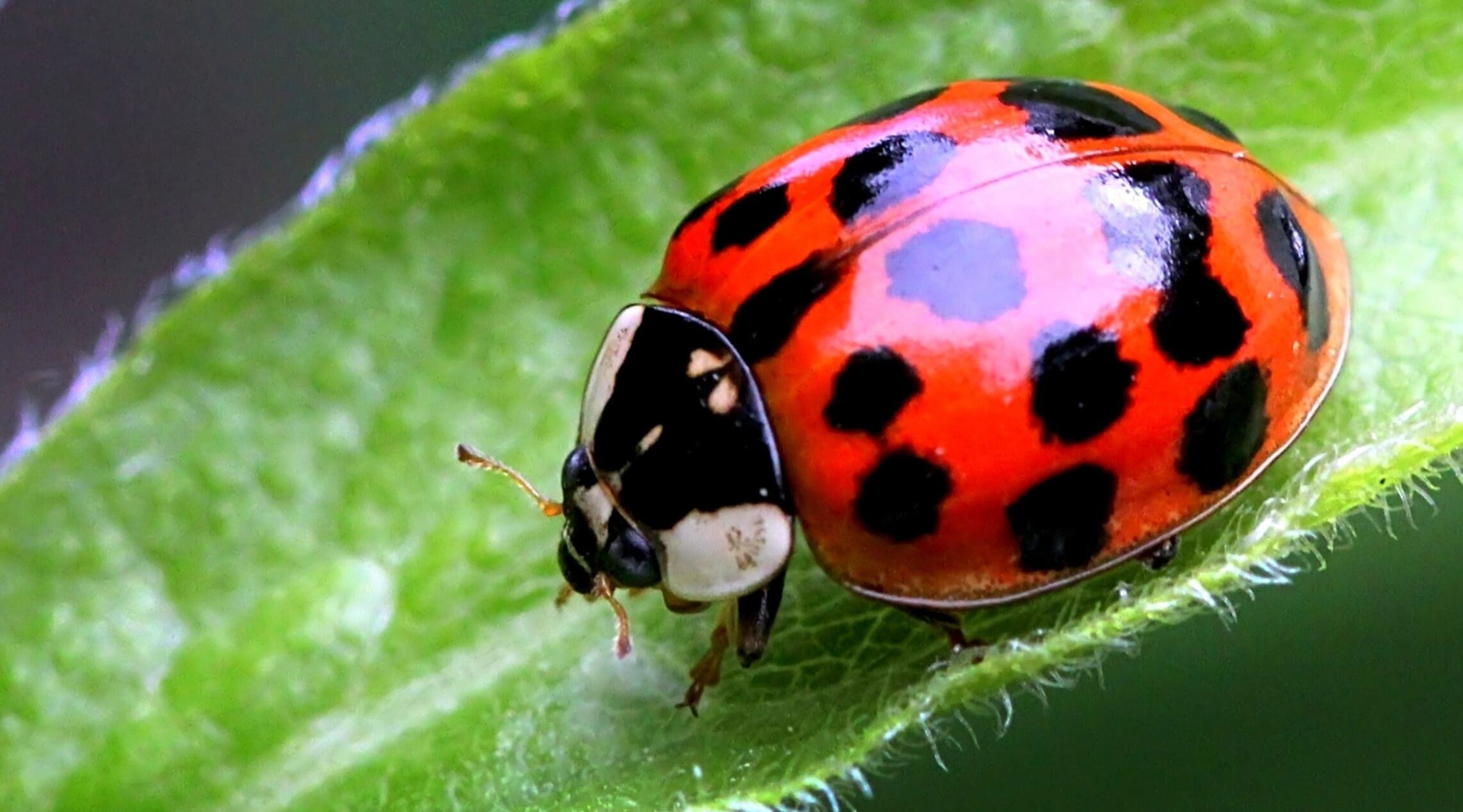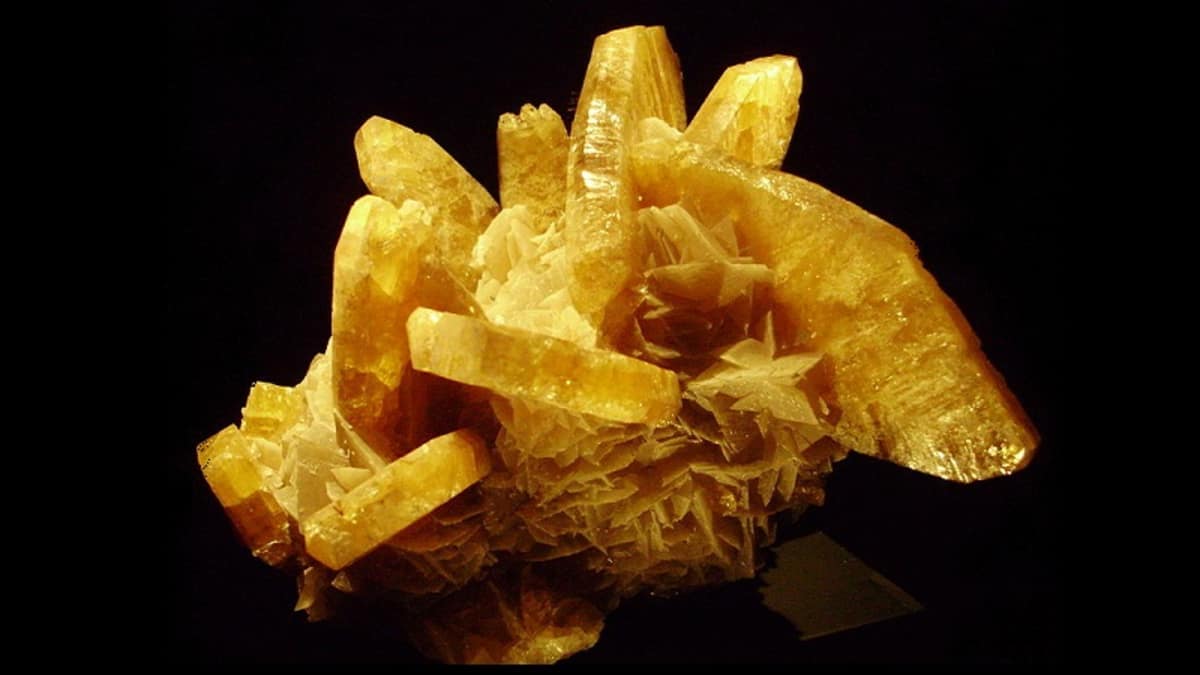
Warning coloration, also known as aposematic coloration, is a fascinating phenomenon observed in various organisms across the animal kingdom. It refers to the vibrant and conspicuous colors that certain species possess, serving as a visual alert to potential predators. These colors act as a warning signal, indicating that the organism is toxic, venomous, or otherwise dangerous.
In this article, we will explore 18 astounding facts about warning coloration. From the remarkable adaptations that have evolved to the benefits it provides to the organisms, warning coloration is a captivating subject that sheds light on the intricate mechanisms of survival and defense in the natural world. So, fasten your seatbelts as we delve into the world of warning coloration and uncover some intriguing insights about this splendid biological phenomenon.
Key Takeaways:
- Warning coloration, also known as aposematic coloration, is a vibrant defense mechanism used by animals to warn predators of their toxicity or unpalatability. It’s like nature’s way of saying “stay away, I’m dangerous!”
- Animals with warning coloration not only stand out in their environment but also communicate important messages to each other through their bright and bold colors. It’s like they’re speaking a language of safety and survival through their eye-catching appearances.
Warning Coloration is a defensive mechanism.
Animals use warning coloration as a way to advertise their toxicity or unpalatability to potential predators.
It is also known as aposematic coloration.
The term “aposematic” originates from the Greek words “apo,” meaning away and “sema,” meaning sign, indicating the warning function of the vibrant colors.
Warning coloration is prevalent in nature.
From poison dart frogs to stinging insects, numerous animals display vivid hues as a warning signal to potential threats.
Brightly colored animals are often avoided by predators.
The conspicuousness of warning coloration acts as a deterrent, as predators associate the vibrant colors with potential danger.
Warning coloration can be a result of chemical defenses.
Many animals possess toxic or venomous substances that they incorporate into their bodies, contributing to their bright coloration.
Some species have evolved to mimic warning coloration.
Non-toxic animals often evolve to mimic the appearance of toxic species, gaining protection through association with the warning colors.
Warning coloration can also serve as camouflage.
In certain environments, the bright colors of warningly colored animals can help them blend in with their surroundings, providing a dual-purpose defense mechanism.
Warning coloration may vary between different regions and populations.
Due to varying selection pressures, some populations of the same species may exhibit different warning coloration patterns.
Warning colors can serve as a signal of dominance.
In some species, individuals that display warning coloration are asserting their dominance over others.
The evolution of warning coloration is driven by predation pressure.
Through natural selection, animals that display effective warning colors are more likely to survive and reproduce, passing on their traits to future generations.
Warning coloration is found in both vertebrates and invertebrates.
From poison dart frogs and snakes to bees and wasps, warning coloration can be observed across a wide range of animal taxa.
Some animals use warning coloration in combination with other defensive strategies.
For example, skunks not only display warning coloration but also emit a strong-smelling spray as an additional defense mechanism.
Warning coloration can be influenced by environmental factors.
The intensity and brightness of warning colors can be affected by factors such as temperature, diet, and exposure to UV radiation.
Warning coloration can deter potential predators even if they haven’t encountered it before.
Instinctively, many predators associate bright colors with danger, even if they have never encountered the specific warning coloration before.
Warning coloration can act as a form of communication within a species.
Animals can use their vibrant colors to signal warnings to others, whether it be indicating the presence of predators or communicating reproductive readiness.
Some animals fake warning coloration.
Certain harmless species mimic the appearance of animals with genuine warning coloration to deceive potential predators.
Warning coloration can change over an animal’s lifetime.
Some species exhibit different color patterns and intensity as they mature, with the bright colors becoming more apparent as they reach adulthood.
Human fascination with warning coloration has led to scientific advancements.
Studying warning coloration has provided insights into the evolution of defensive mechanisms, predator-prey interactions, and the development of protective mimicry in nature.
Conclusion
Warning coloration is a fascinating phenomenon that serves a crucial purpose in the world of biology. These vivid and conspicuous colors are nature’s way of sending a clear message to potential predators or rivals. From the venomous beauty of a coral snake to the deceptive mimicry of a harmless butterfly, warning coloration is a powerful adaptation that has evolved over millions of years.
The 18 astounding facts about warning coloration outlined in this article shed light on the complexity and diversity of this natural defense mechanism. From the diverse range of animals utilizing warning coloration to the different types and purposes of this adaptation, it is clear that warning coloration is a remarkable phenomenon worthy of our admiration and study.
As scientists continue to unravel the mysteries of warning coloration, we are sure to discover even more astonishing facts about this intriguing aspect of the natural world.
FAQs
1. What is warning coloration?
Warning coloration refers to the vibrant and conspicuous colors displayed by certain organisms as a means of deterring predators or sending warning signals.
2. What is the purpose of warning coloration?
The purpose of warning coloration is to alert potential predators to the fact that the organism possessing the colors is harmful, venomous, or unpalatable.
3. How do animals benefit from warning coloration?
Animals with warning coloration benefit from reduced predation rates, as many predators avoid them due to their association with toxicity or danger.
4. Are warning colorations always bright and vivid?
No, while bright and vivid colors are commonly associated with warning coloration, not all warning colorations are vibrant. Some organisms may display muted or cryptic colors to blend in with their environment while still sending a warning signal.
5. Can warning coloration be mimicked?
Yes, some harmless organisms mimic the coloration patterns of dangerous or toxic species in order to gain protection from predators. This is known as Batesian mimicry.
6. Are all organisms capable of producing warning coloration?
No, warning coloration is predominantly observed in organisms that have the ability to synthesize or accumulate toxic compounds.
7. Can warning coloration change over time?
Yes, warning coloration can evolve and change over time in response to environmental pressures and predator-prey interactions.
8. Are humans affected by warning coloration?
While warning coloration primarily serves as a defense mechanism against predators, humans can also be influenced by these vivid colors and associate them with danger or toxicity.
9. Can warning coloration be found in plants?
Yes, warning coloration can also be observed in certain plant species, serving as a warning to herbivores that the plant possesses toxins or other harmful properties.
10. Are warning coloration patterns unique to each species?
Yes, warning coloration patterns are often species-specific, allowing potential predators to easily recognize and associate the colors with a particular type of threat or danger.
Warning coloration is a fascinating aspect of nature, but it's just one piece of the puzzle. Delve deeper into the world of animal adaptations by exploring the incredible phenomenon of mimicry, where species imitate others for survival. Journey through the captivating realm of evolutionary biology, unraveling the mysteries behind life's astounding diversity and complexity. Embark on a thrilling adventure as you uncover more mind-boggling facts about the natural world and its endless wonders.
Was this page helpful?
Our commitment to delivering trustworthy and engaging content is at the heart of what we do. Each fact on our site is contributed by real users like you, bringing a wealth of diverse insights and information. To ensure the highest standards of accuracy and reliability, our dedicated editors meticulously review each submission. This process guarantees that the facts we share are not only fascinating but also credible. Trust in our commitment to quality and authenticity as you explore and learn with us.


